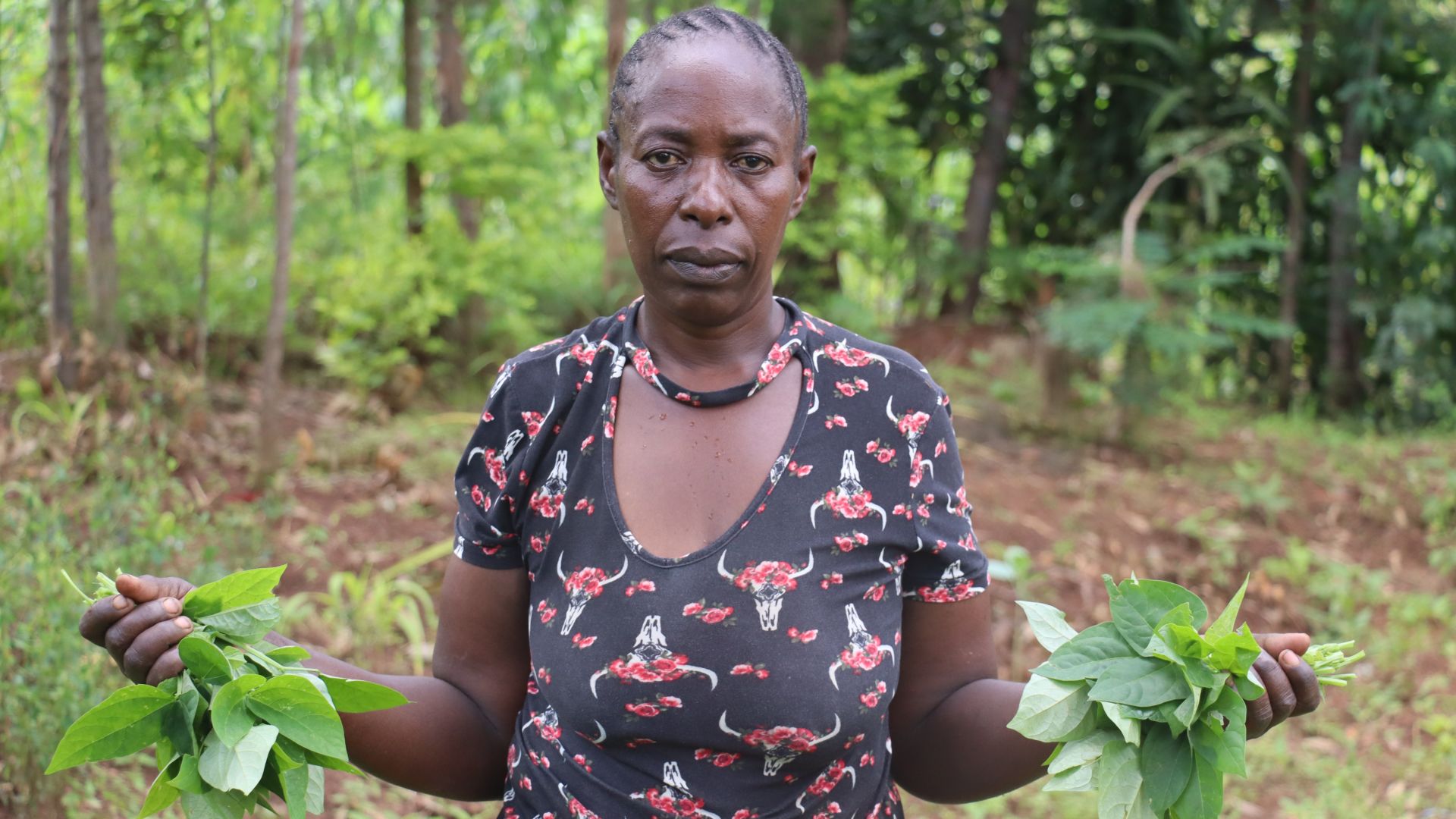The Shanderema Community, consisting of a population of 140 individuals, is facing a significant challenge to access clean and adequate water. This situation has resulted in waterborne diseases plaguing the community, as well as posing a threat to their safety due to the hazardous nature of the journeys they take to collect water from the spring.

"31-year-old farmer Eunice Oluvendi (shown below) shared how the water crisis affects her. "One day, I was coming to fetch [water] at the spring, [and] as l was going back home, l slipped and fell on a slippery road. Since then, l have been having a back problem. In addition to that, waterborne diseases have been rampant among the spring users as a result of using this water in its contaminated state."

The scarcity of safe water in the Shanderema Community significantly impacts the residents' overall well-being. In addition to the adverse health effects, the water crisis has resulted in children missing out on their education. This is due to the long waiting times for water or the prevalence of waterborne illnesses that affect their attendance and concentration in school. Kelly Ann Naylor, Global Chief of Water, Sanitation and Hygiene at UNICEF, said it best.
"If education is the key to helping children escape poverty, access to water and sanitation is key to helping children safely maximize their education. To neglect this is to be careless with the well being and health of children."

"The boy, when he comes to fetch water for the mother who has [a] back problem, gets [in] a line of people who are also waiting to fetch water. This makes him wait a long time in the morning before going to school and makes him late. In the evening, as he comes from school, he gets [in another] long line which makes him late at home. It delays cooking and makes him sleep late," said field officer Faith Muthama of 11-year-old Fadhil S., shown below.

Protecting the spring will alleviate concerns about injury or illness from collecting water. It will provide safe drinking water for Eunice's children and enable Fadhil to pursue education, ultimately improving his life and community.
The Proposed Solution, Determined Together...
At The Water Project, everyone has a part in conversations and solutions. We operate in transparency, believing it benefits everyone. We expect reliability from one another as well as our water solutions. Everyone involved makes this possible through hard work and dedication.
In a joint discovery process, community members determine their most advantageous water solution alongside our technical experts. Read more specifics about this solution on the What We're Building tab of this project page. Then, community members lend their support by collecting needed construction materials (sometimes for months ahead of time!), providing labor alongside our artisans, sheltering and feeding the builders, and supplying additional resources.
Water Access for Everyone
This water project is one piece in a large puzzle. In Kenya, Sierra Leone, and Uganda, we're working toward complete coverage of reliable, maintained water sources that guarantee public access now and in the future within a 30-minute round trip for each community, household, school, and health center. One day, we hope to report that this has been achieved!
Training on Health, Hygiene & More
With the community's input, we've identified topics where training will increase positive health outcomes at personal, household, and community levels. We'll coordinate with them to find the best training date. Some examples of what we train communities on are:
- Improved hygiene, health, and sanitation habits
- Safe water handling, storage & treatment
- Disease prevention and proper handwashing
- Income-generation
- Community leadership, governance, & election of a water committee
- Operation and maintenance of the water point
Chlorine Dispensers
Installing chlorine dispensers is an important piece of our spring protection projects. Protecting a spring provides community members with an improved water source, but it doesn’t prevent contamination once the water is collected and stored. For example, if the water is clean and the container is dirty, the water will become contaminated.
We ensure that each chlorine dispenser is filled with diluted chlorine on a consistent schedule so that people can add pre-measured drops to each container of water they collect. That way, community members can feel even more confident in the quality of their water.






 Protected Spring
Protected Spring
 Rehabilitation Project
Rehabilitation Project
































